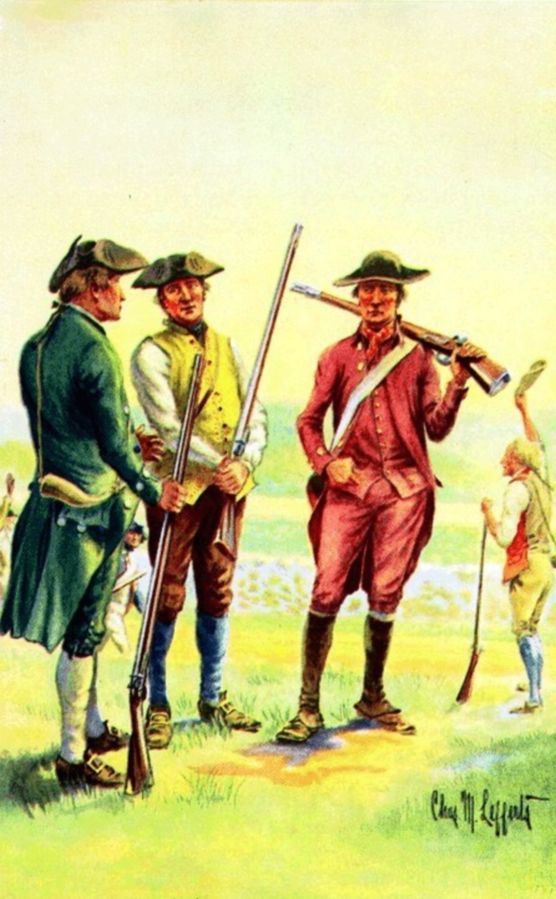Daniel Shays was a Massachusetts native, born and raised in Hopkinton to poor parents. Shays received little education but was still very well written. He moved around Massachusetts living in Framingham, Great Barrington, and Brookfield. The last of which is where he met his wife to be, Abigail Gilbert. When the revolutionary war began, Shays joined after the battle of Lexington and he would become a distinguished soldier. After the war he would settle down in Pelham where he would suffer the same pressures from the depression as other farmers of the time.

Daniel Shays. By Richard Miller Devens, author. C. A. Nichols & Co. (Springfield, MA), publisher. (“Our First Century”. 1878. Page 128.) [Public domain], via Wikimedia Common
It is said the Shays was not the original leader of the rebellion. However, due to his “drill-master” accomplishments when training the rebels, they began to look up to him as their leader. He would not actively participate in the rebellion until September of 1786 when he marched with a mob in Springfield in order to disrupt the Court of Common Pleas [1]. Shay’s has been described as a man with his own vices. He was not an educated man, nor did he possess any great military talent, and he was known to be a drunk. However, he had a magnetic personality that was not shared by his other leading revolutionaries. This difference caused people to be drawn to Shays, and that is why it was known as Shays’ Rebellion [3]. Shays’ would survive the rebellion only to spend the rest of his days in relative obscurity in Sparta, New York where he would pass away [4].

Massachusetts Militia. By Charles M. Lefferts (1873-1923) [Public domain], via Wikimedia Commons.
Both Luke Day and Eli Parsons were natives of Massachusetts and both served in the Revolutionary War [5]. Both men have also been described as more capable leaders than Shays, but each lacked the moral building and personable qualities that made Shays the leader [6]. At the beginning of Shays’ Rebellion, they both appealed to Ethan Allen, of Vermont’s Green Mountain Boys, to ask for aid from the well trained revolutionary war regiment and offered Allen command of the “revolutionary army” they were putting together. Allen denied their requests and any subsequent appeals made to him by the two. Allen also had both Day and Parsons leave Vermont [7]. Both would lead groups of rebels against meetings of the Court of Common Pleas, and both would be present at the assault on the Springfield Armory. Job Shattuck was a captain during the American Revolution as well, and lived in Middlesex county at the outbreak of Shays’ Rebellion. All three men would survive the rebellion but would be deemed traitors and scoundrels in the eyes of the U.S. Government. Each would be disowned be certain social circles they were a part of. However, it is unclear if any of them were put to death at the end of the rebellion but all were deemed traitors to the country [8].
_____________________________________________________________________________________________________________________________________________________________
[1] Walter A. Dyer, “Embattled Farmers.” The New England Quarterly 4, no. 3 (1931): 467-468.
[2] Ibid., 480.
[4] Jonathan Smith, “The Depression of 1785 and Daniel Shays’ Rebellion.” The William and Mary Quarterly 5, no. 1 (1948): 92.
[5] Ibid., 88.
[6] Dyer, 480.
[7] James M. Greene, “Ethan Allen and Daniel Shays: Contrasting Models of Political Representation in the Early Republic.” Early American Literature 48, no. 1 (2013): 125.
[8] Smith, 88.